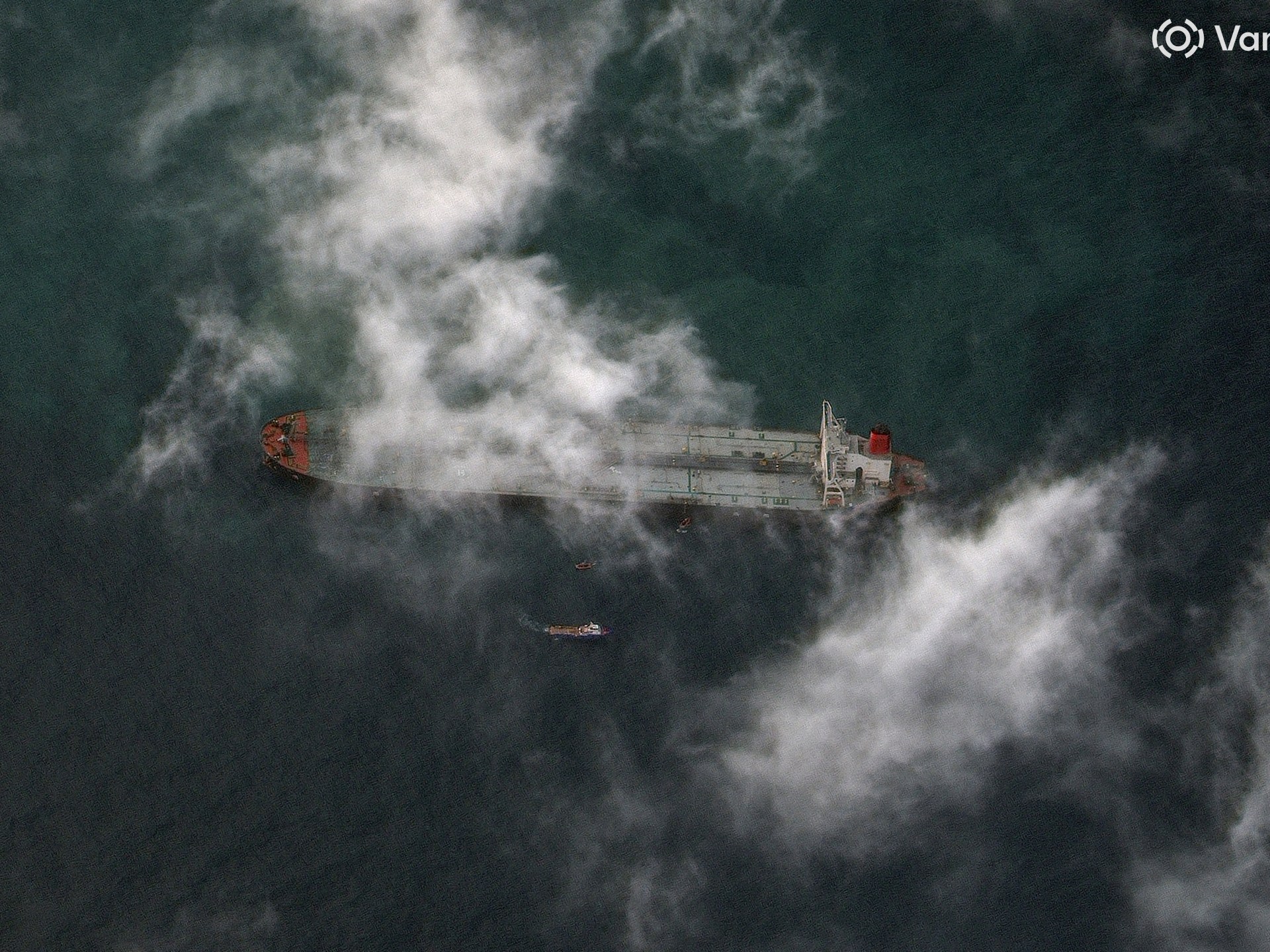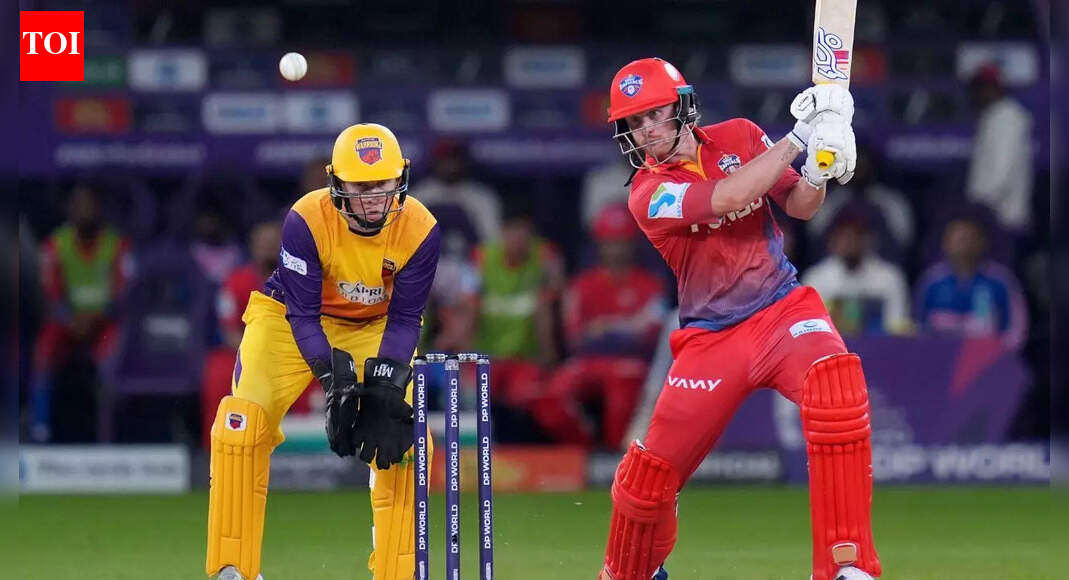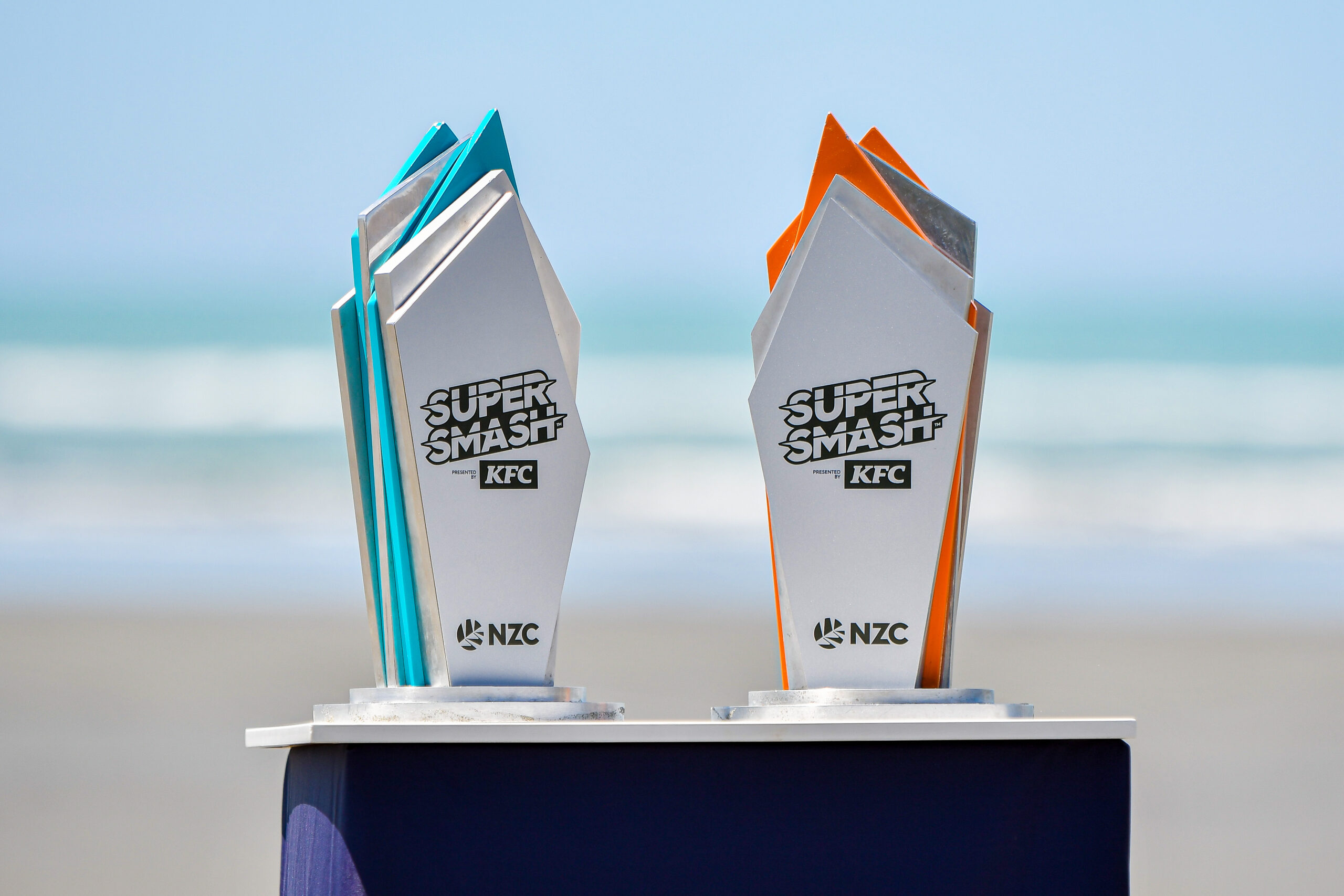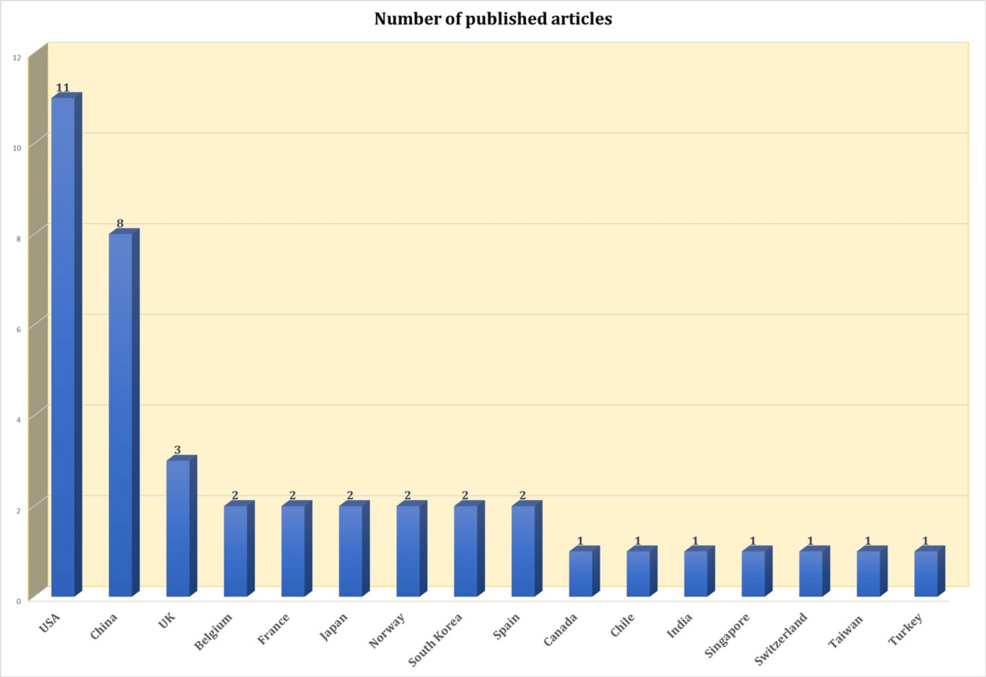- Christian community an integral part of Pakistan’s national fabric, says PM Shehbaz in Christmas message Dawn
- Twin cities embrace spirit of Christmas The Express Tribune
- Celebrating the season of festivities at Karachi’s Christmas Market Geo…
Blog
-
Christian community an integral part of Pakistan’s national fabric, says PM Shehbaz in Christmas message – Dawn
-

US will focus on exerting economic pressure on Venezuela: Report | US-Venezuela Tensions News
A US official told Reuters that Washington will focus its attention on targeting Venezuela oil in lieu of ‘military options’.
Published On 25 Dec 2025
The United States will focus on…
Continue Reading
-

ILT20: Shayan Jahangir, Jordan Cox ensure Dubai Capitals a playoff spot | Cricket News
Shayan Jahangir and Jordan Cox struck commanding half-centuries as defending champions Dubai Capitals sealed a playoff berth with a convincing six-wicket victory over Sharjah Warriorz at the Dubai International Stadium on Christmas Eve.Chasing…
Continue Reading
-

Pokémon Trading Card Game Pocket Holiday 2025 Event Missions Underway
The season of warm drinks, cozy gatherings, and gifts galore is in full swing, and to celebrate, Pokémon Trading Card Game Pocket has added special Holiday event missions available from December 24, 2025,…
Continue Reading
-

Scientists say evolution works differently than we thought
For decades, many evolutionary biologists have believed that most genetic changes shaping genes and proteins are neutral. Under this view, mutations are usually neither helpful nor harmful, allowing them to spread quietly without being strongly…
Continue Reading
-
Christmas Sky: December 25, 2025 – StarDate Online
- Christmas Sky: December 25, 2025 StarDate Online
- This Week in Astronomy with Dave Eicher: The Moon passes Saturn Astronomy Magazine
- Spacing Out: Spotting Two Planets in the Sky UToledo News
- Night Sky Today: What to See Tonight on Christmas Eve,…
Continue Reading
-

‘Wouldn’t it be lovely if I could shut up?’ Meet Lola Petticrew, TV’s most fearless actor | Television
Few people are less daunted about the prospect of turning 30 than Lola Petticrew. “I used to be so afraid of getting old, and now I just think it’s the best thing ever,” they say. “I feel like I’m just coming into myself. And it feels…
Continue Reading
-

Super Smash round one teams and news
Boxing Day signals the first games of the fresh Super Smash season, with Northern Brave men and the Auckland Aces opening the bill in Hamilton, followed by the Hearts and Brave women under lights.
Scroll down for the women’s…
Continue Reading

